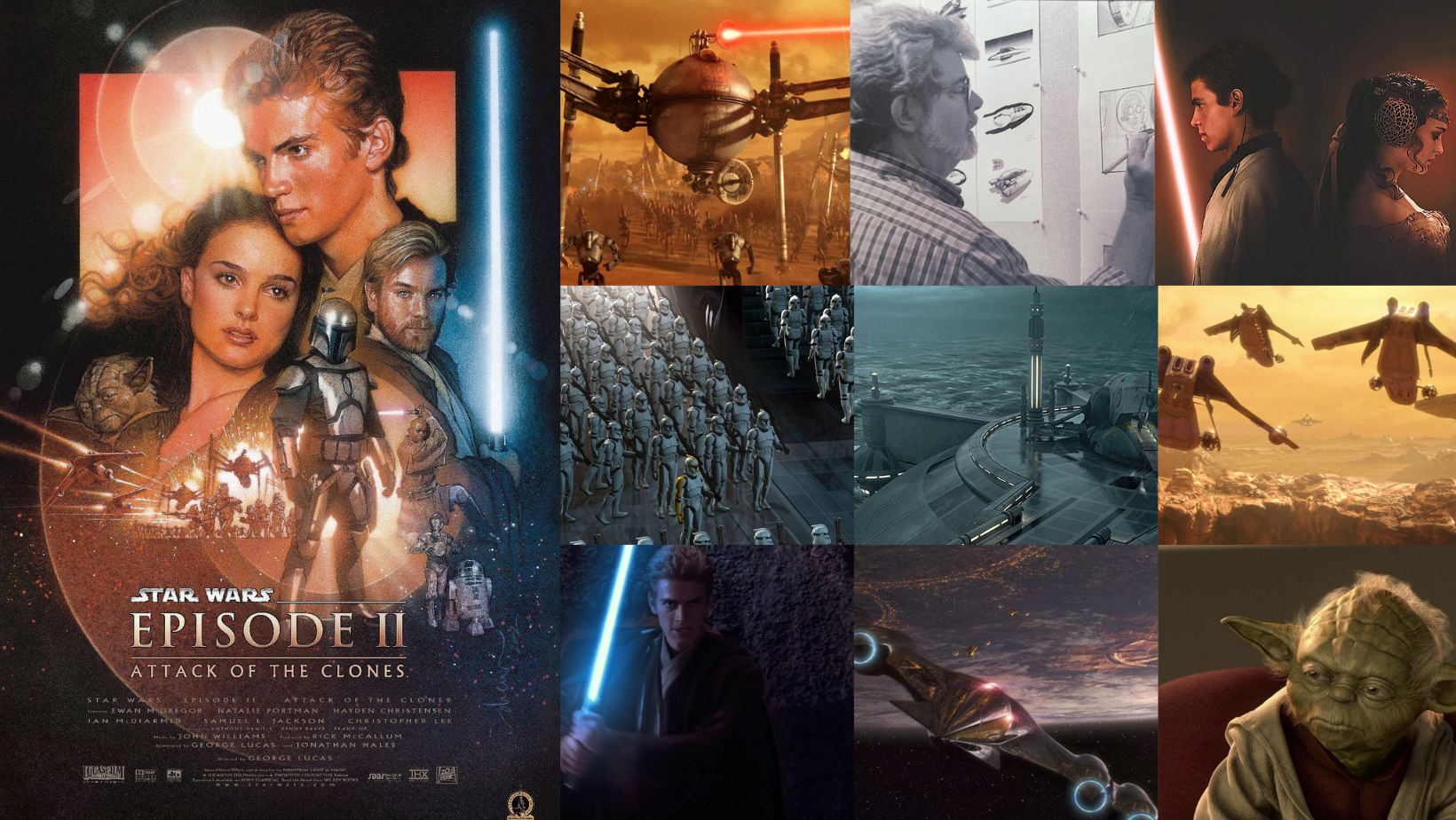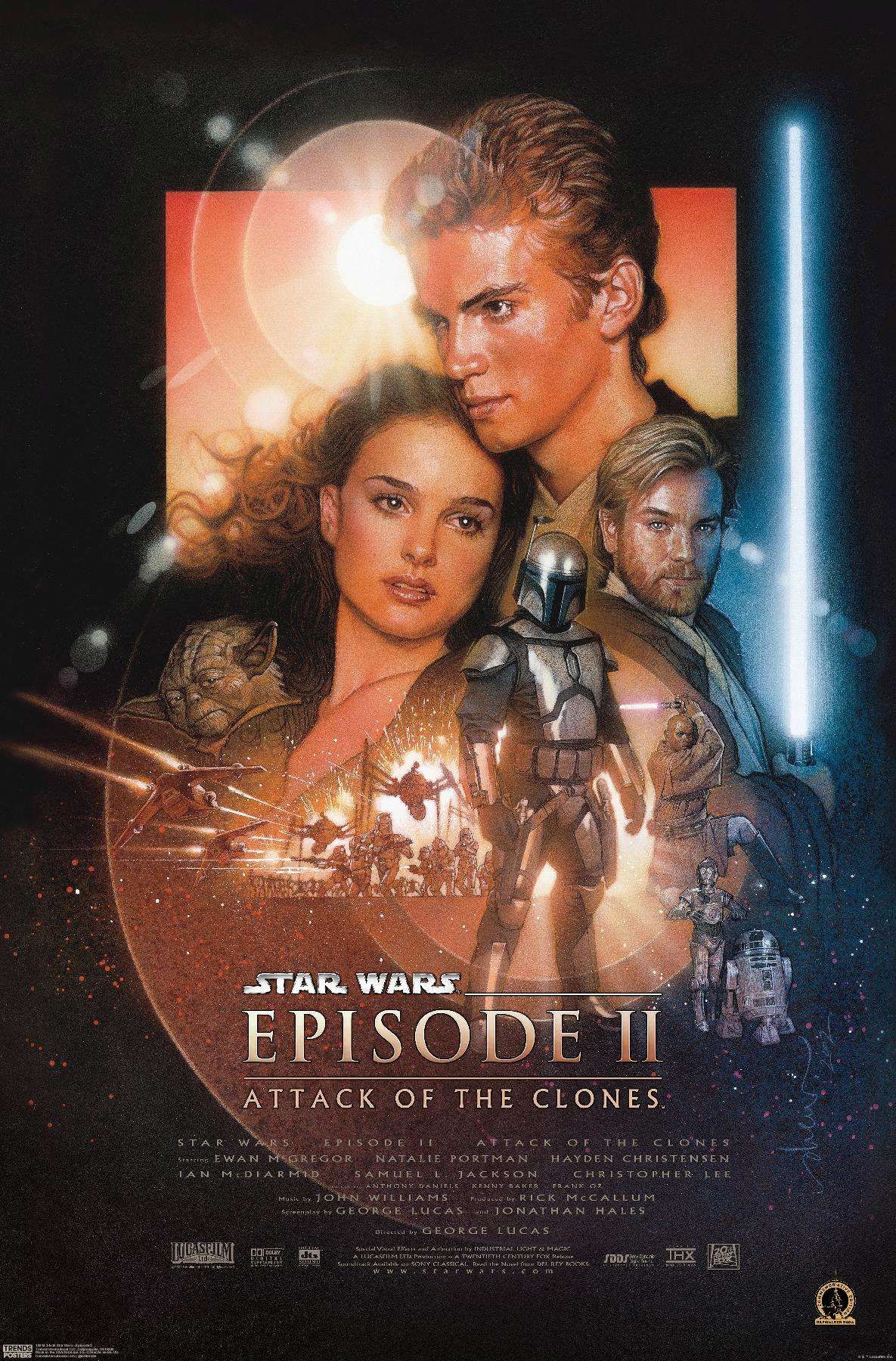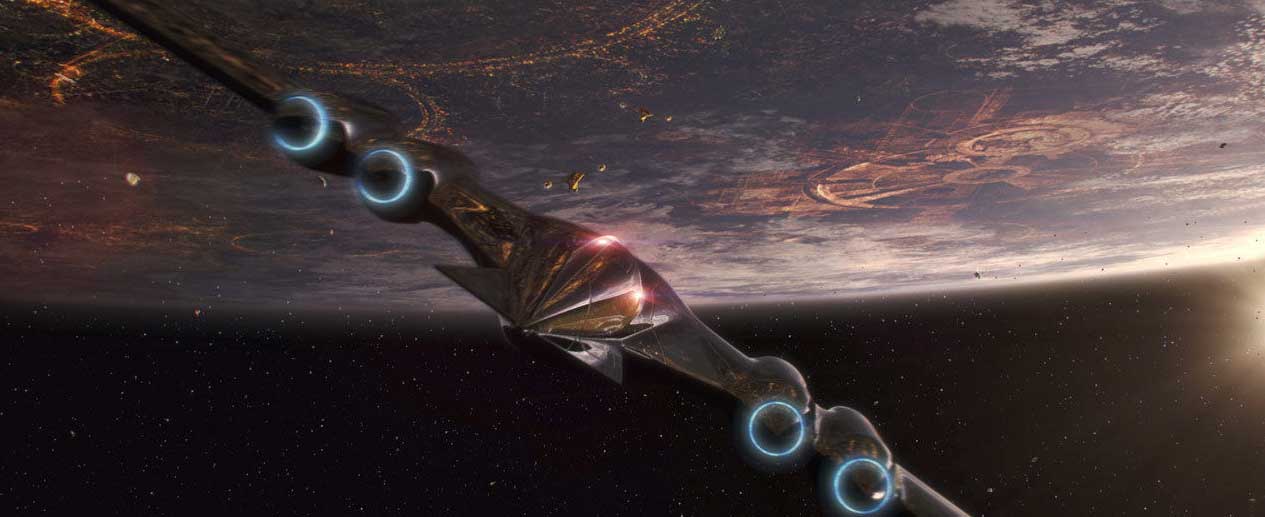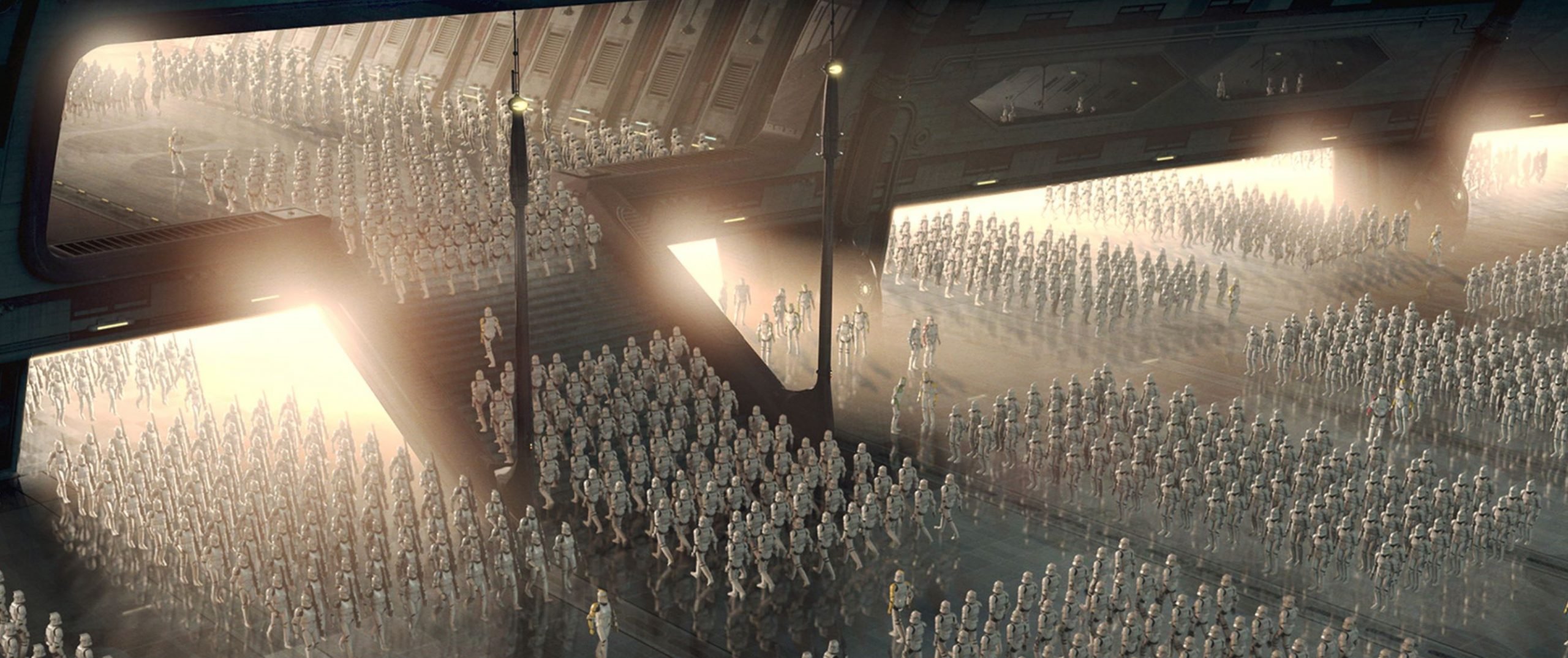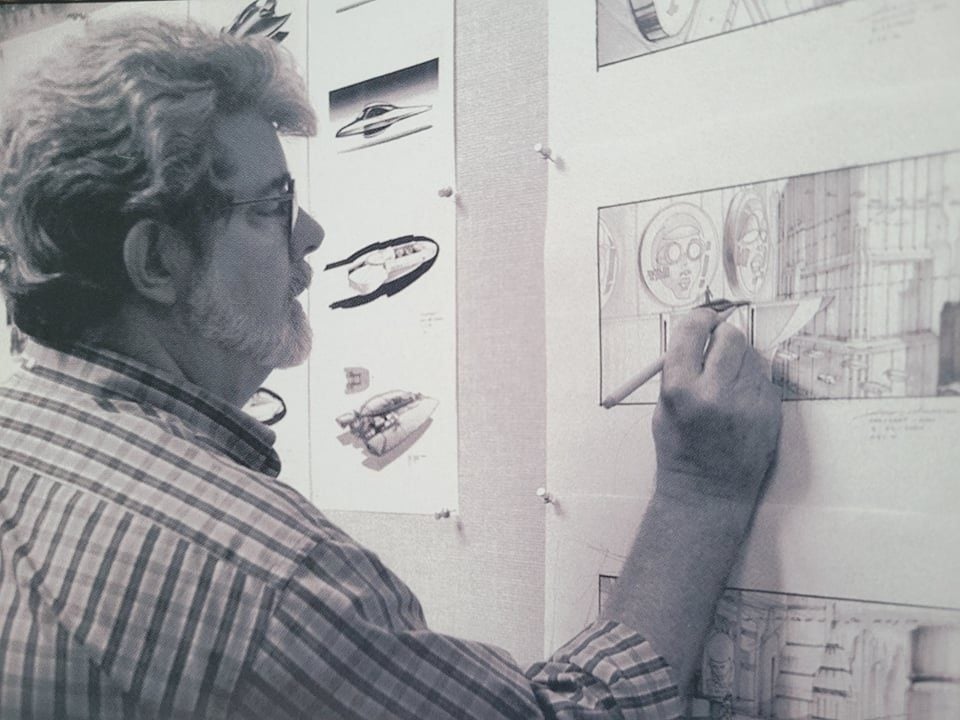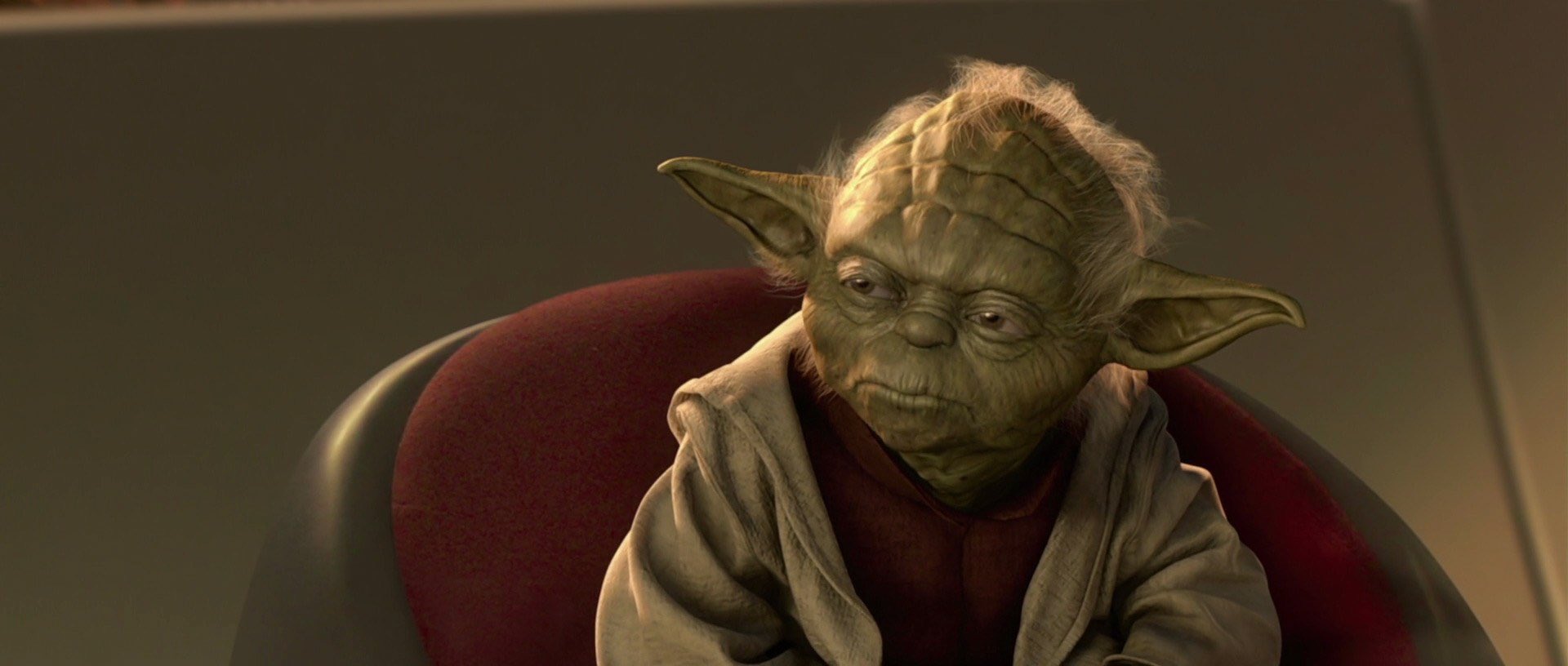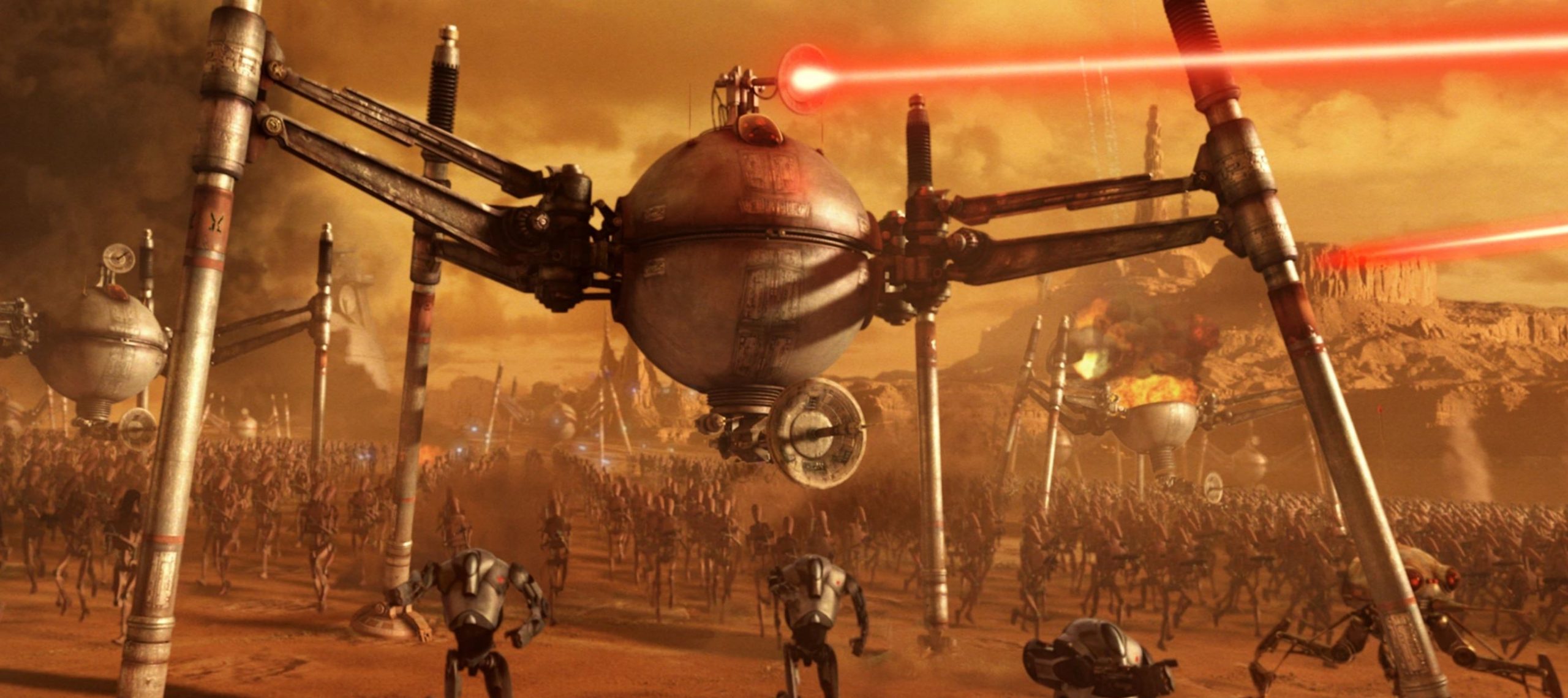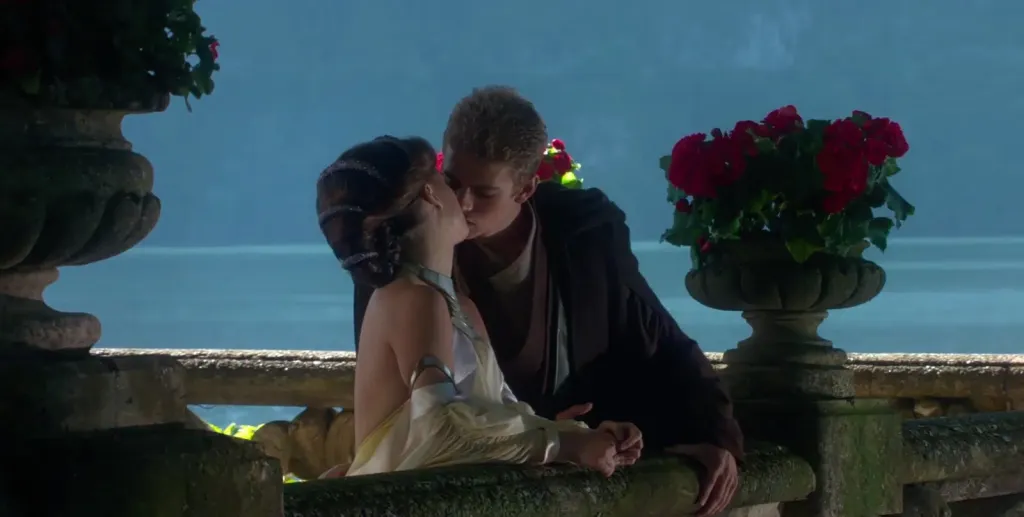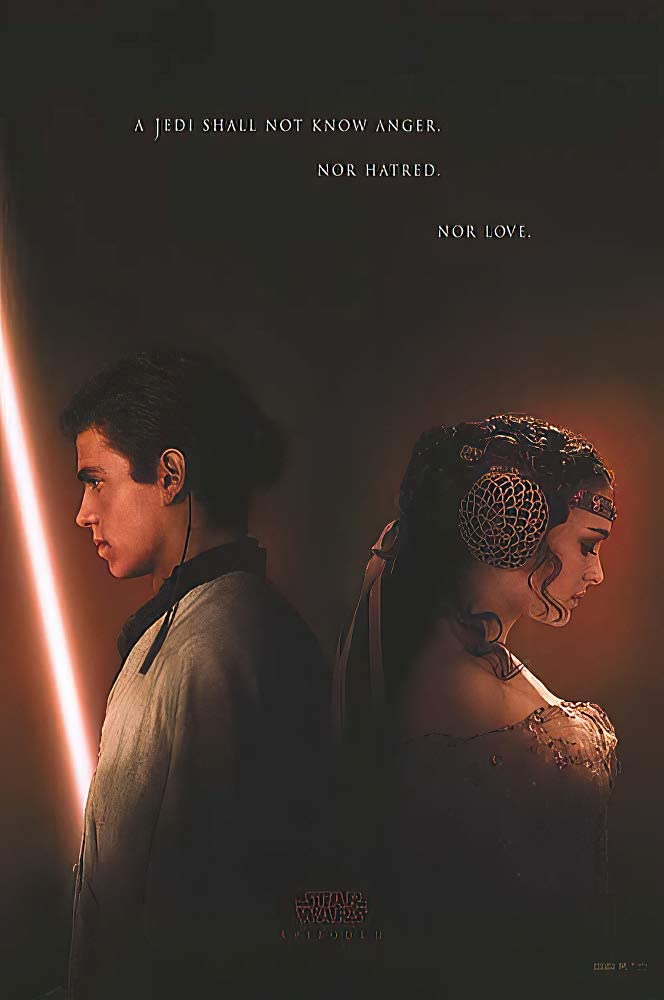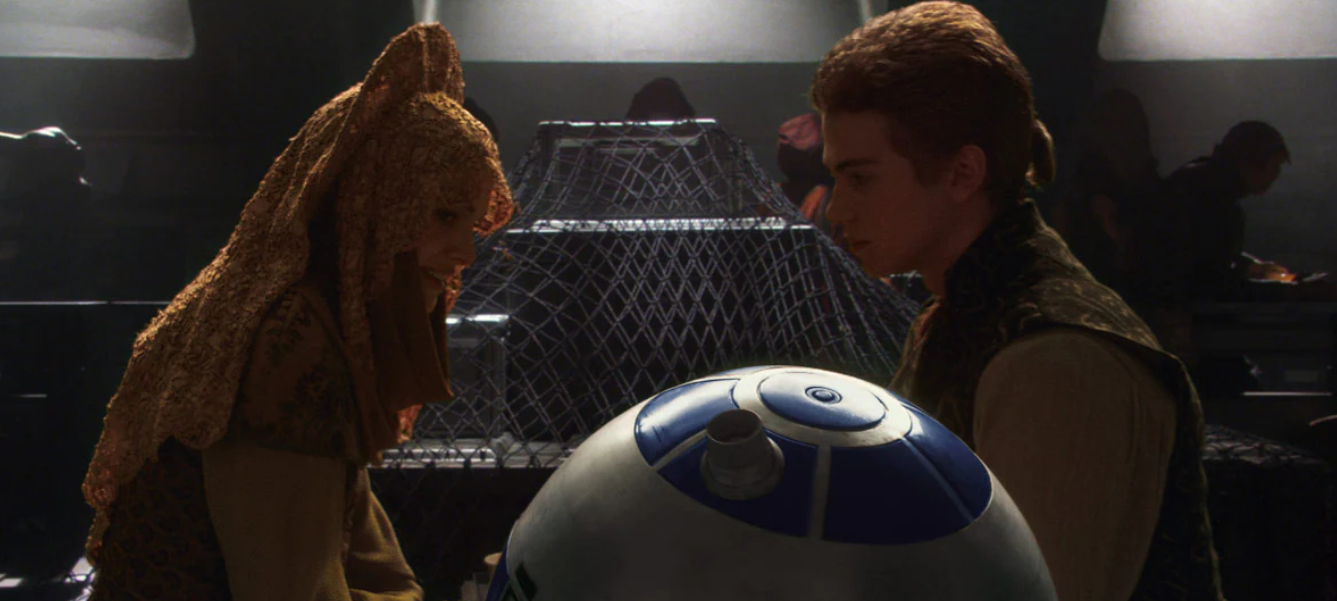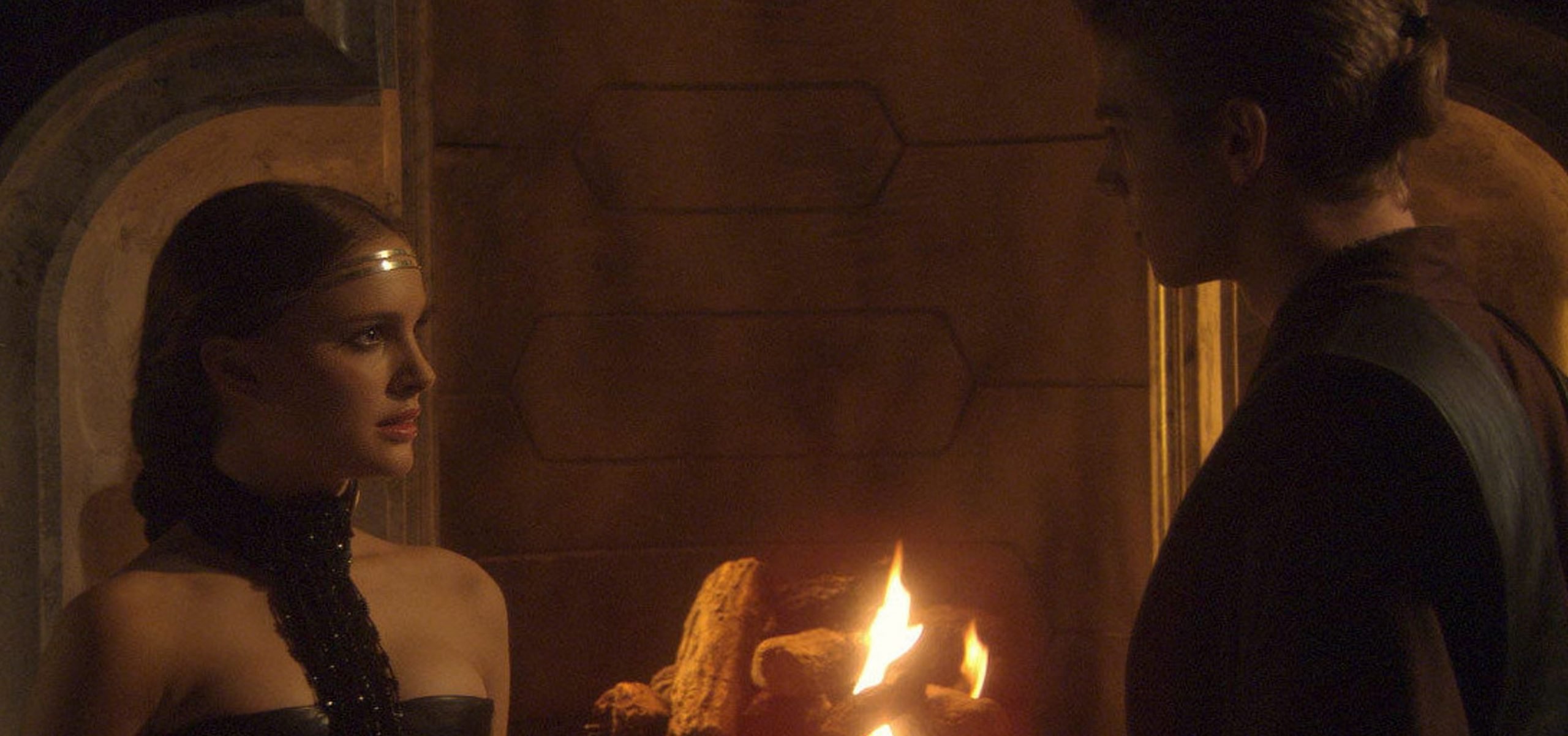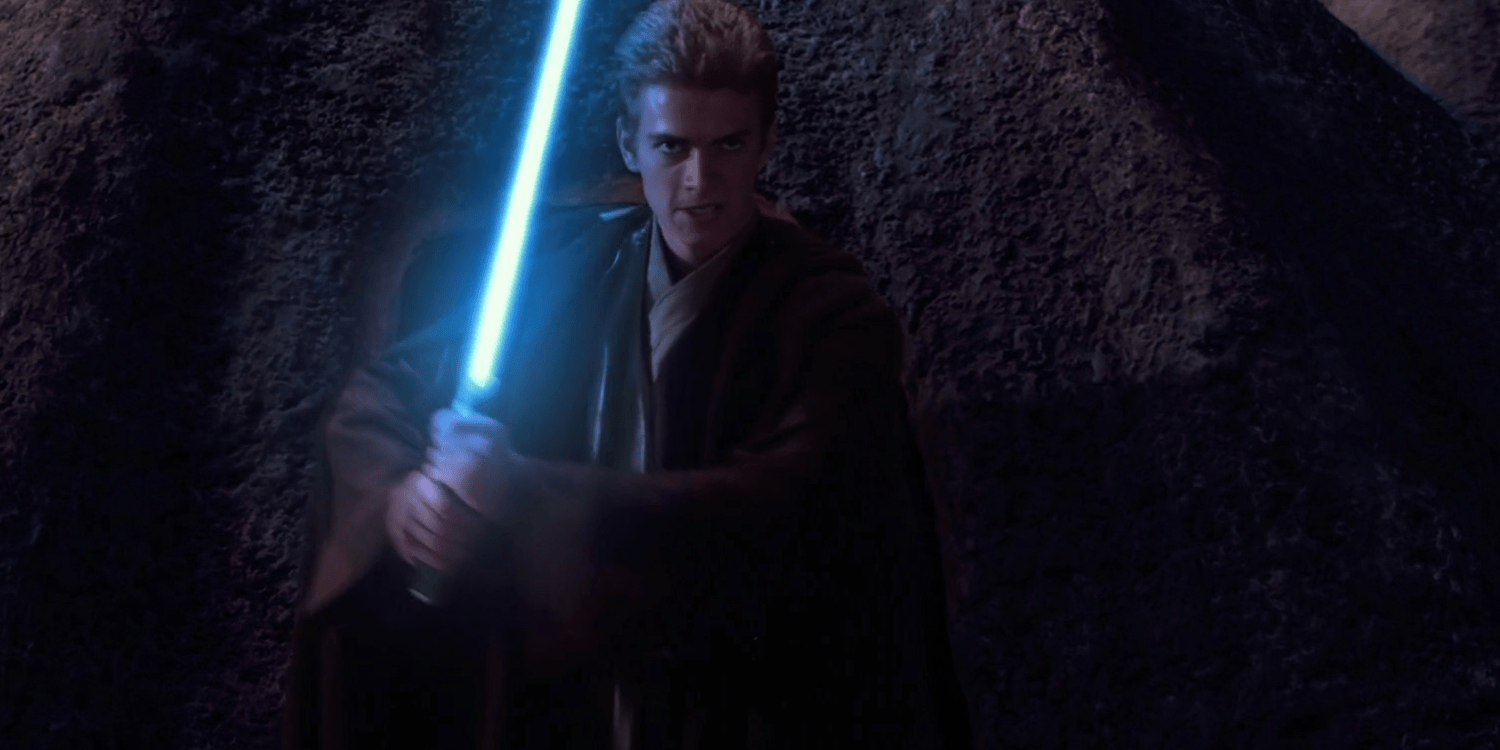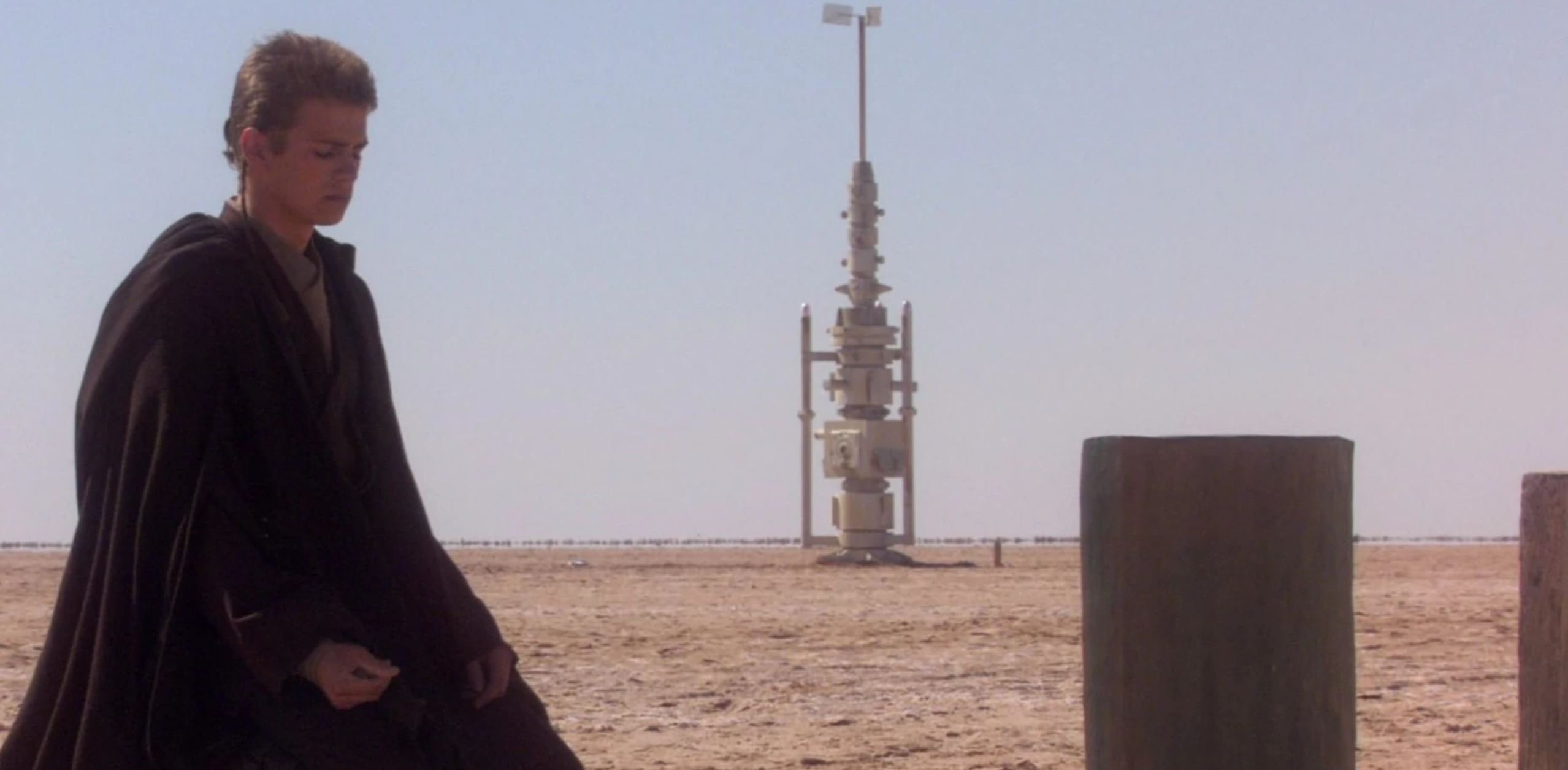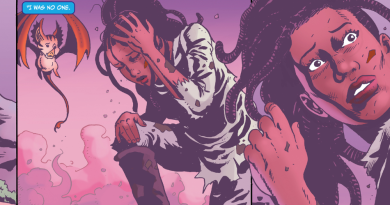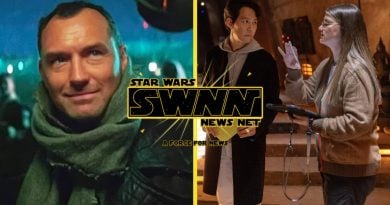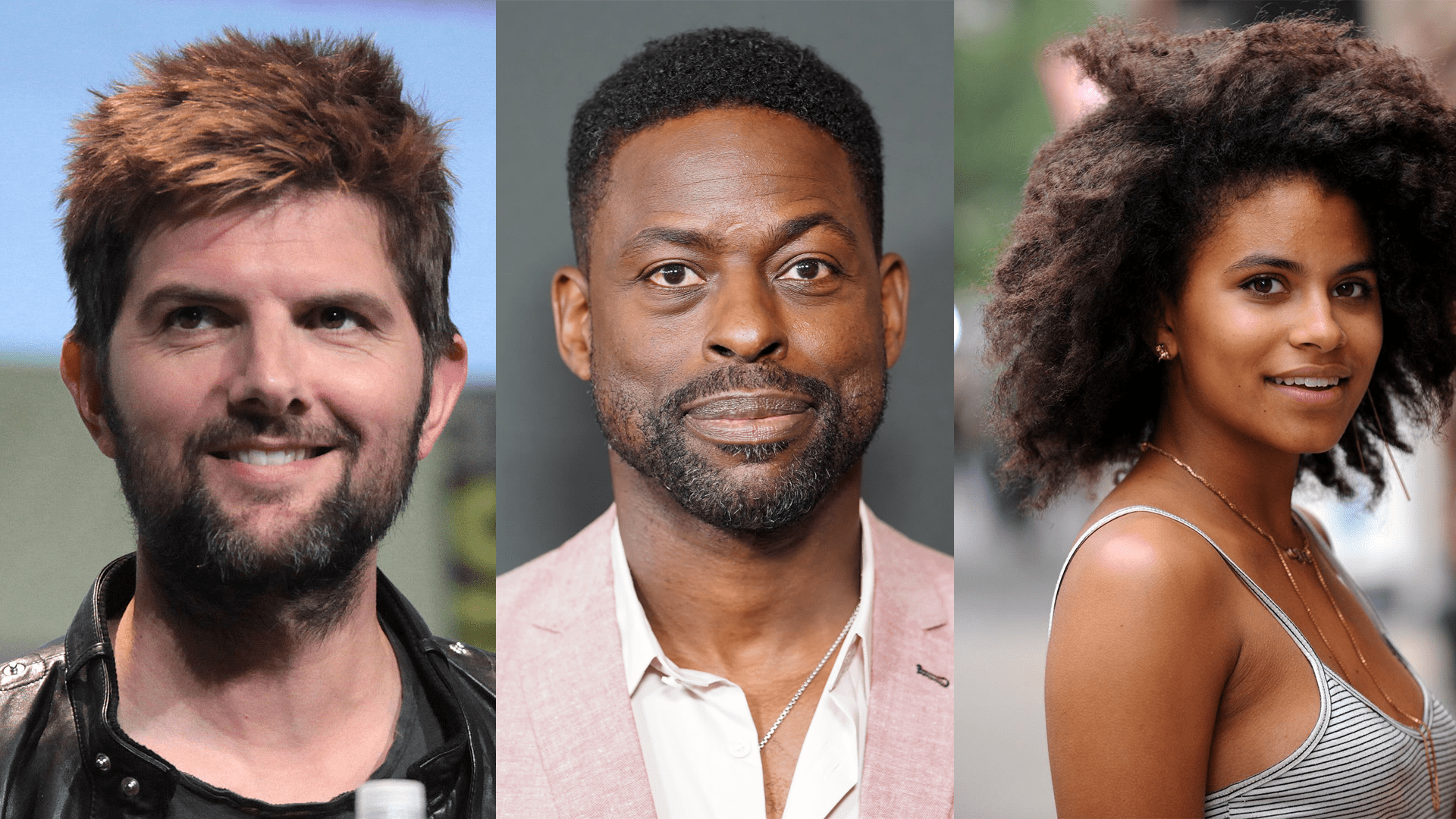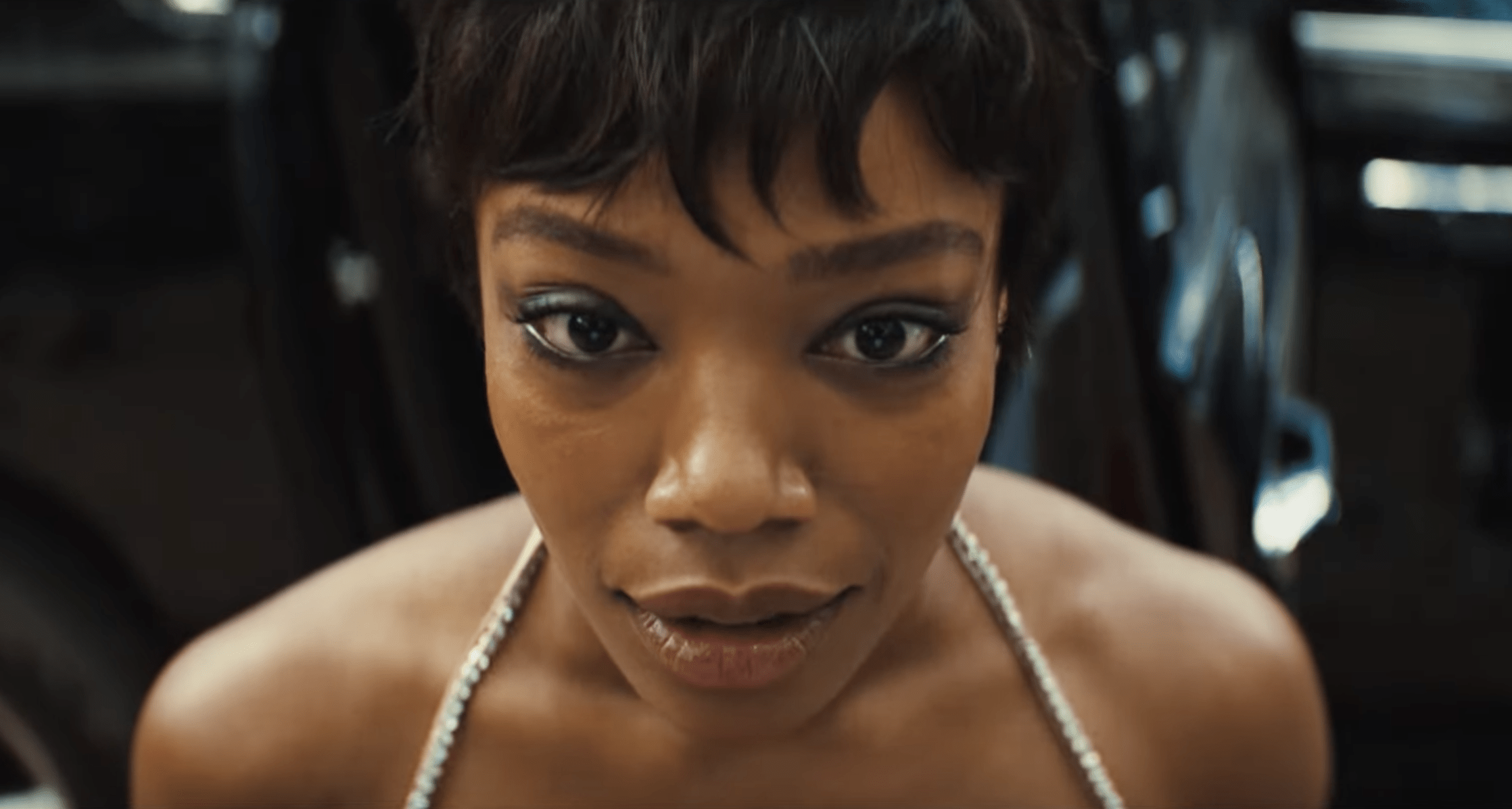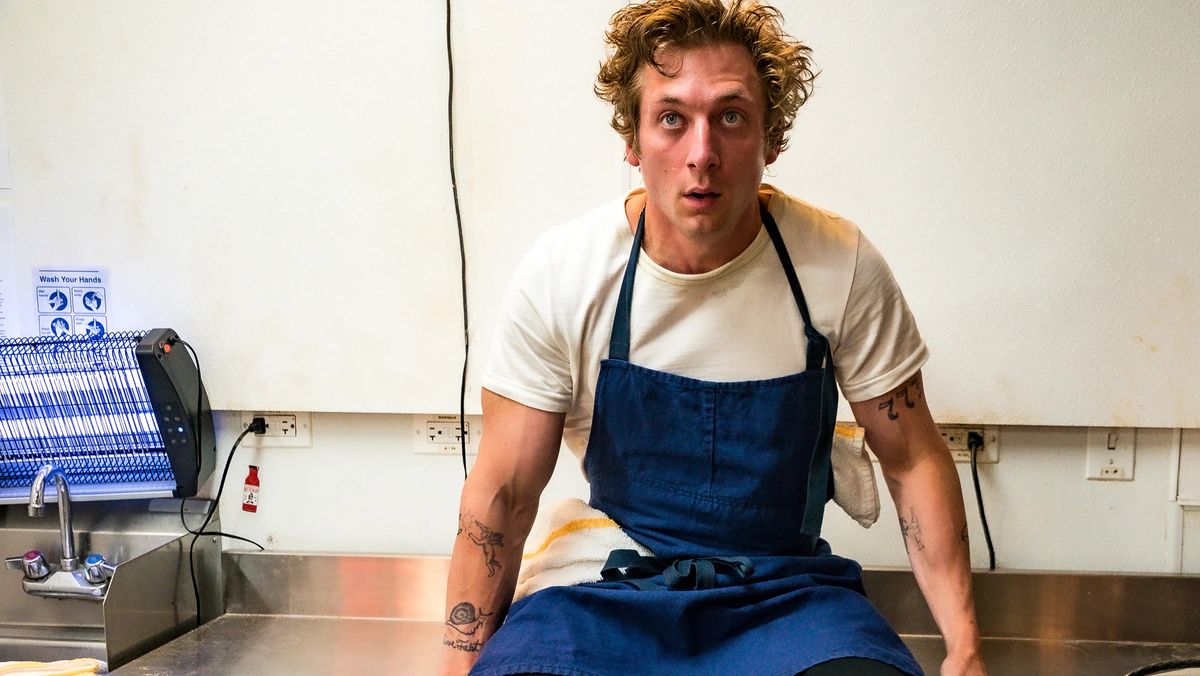Editorial Part 1: Revisiting ‘Attack of the Clones’ 20 Years Later
I was in my friend’s living room, sitting in front of his translucent blue iMac desktop computer as we waited for the newly-dropped Attack of the Clones teaser to buffer. My 14-year-old self could hardly comprehend that we were going to watch a movie trailer — at home.
The Phantom Menace, the film I saw five times in the theater, ‘’inviting’’ any family member that would like to take me, was a few years old and my Star Wars fever was at an all-time high.
Watching the Attack of the Clones teaser was everything I could have imagined: a glimpse at a massive army, a Coruscant speeder chase, a first look at a jet-packed warrior in the rain, new worlds, and foreboding Darth Vader breathing that paced out the tantalizing scenes. That was wizard (I imagine I said something like that as I high-fived my friend and proceeded to watch the teaser approximately 28 more times).
After purchasing opening day tickets (for the worldwide release on May 16, 2002) I anxiously anticipated the second installment in the prequel trilogy by munching on Star Wars Clone Crunch, building my LEGO Jedi Duel (Yoda with a lightsaber?!), and trying to collect as many cool Wizards of the Coast Star Wars: The Trading Card Game packs I could get my hands on.
Now in 2022, 20 years later (I’m 33 and have much less hair on my head now, but still possess the same intense passion for all things in a galaxy far, far away including an unsettling amount of excitement over LEGO-building fun), it’s time to revisit Attack of the Clones!
My nostalgia runs high for the prequel trilogy, and each I-hate-sand meme gives me an insurmountable amount of joy when I peruse social media. Regardless if you like or dislike this Star Wars film, it’s undeniable how much is packed into this installment that hugely impacts the mythology of the series.
Although critics liked to point out the less-than-stellar dialogue, or talking too much politics (looking at you, Roger Ebert), or what some think is an overuse of CGI, Attack of the Clones shaped a major portion of the Star Wars universe (and was quite the box office success).
Time Magazine noted that Attack of the Clones provides “an exhilarating two hours of serious fun’’ while Variety shared that “George Lucas has reached deep into the trove of his self-generated mythological world to produce a grand entertainment that offers a satisfying balance among the series’ epic, narrative, technological and emotional qualities.’’ Plus, this film gave us the gift that keeps on giving: seismic charge sounds.
Look, I’m completely aware of this film’s flaws. There are many. But there is so much negative discourse about Star Wars content right now (it’s coarse and rough and irritating) that my goal with this series of three articles is to focus mostly on the positives of this installment and what it inspired!
This is part 1 in a 3-part series exploring Attack of the Clones 20 years later. Keep following us here at Star Wars News Net to see the other two parts releasing in the coming days.
THE SAGA SET UP
As George Lucas says in ”Story” – a featurette on the Attack of the Clones DVD:
“It’s the beginning of the end of democracy for the Republic.”
And what an end it has. The dialogue can be wooden and the CGI doesn’t hold up well in some instances, but I think Attack of the Clones is a beautiful, jumbled, momentous, flawed, operatic, tonally-chaotic film that plays in a melodramatic noir sandbox and successfully builds a foundation for the inevitable end of the Republic and the Jedi Order.
If you want a quick reminder to set the stage, here’s the opening crawl (or you can watch it here for the full effect):
There is unrest in the Galactic
Senate. Several thousand solar
systems have declared their
intentions to leave the Republic.This separatist movement,
under the leadership of the
mysterious Count Dooku, has
made it difficult for the limited
number of Jedi Knights to maintain
peace and order in the galaxy.Senator Amidala, the former
Queen of Naboo, is returning
to the Galactic Senate to vote
on the critical issue of creating
an ARMY OF THE REPUBLIC
to assist the overwhelmed
Jedi….
This film does a better job of setting up the main points of the Skywalker saga than The Phantom Menace (that’s not a knock on Episode 1, I sit here writing this in Darth Maul socks and daydreaming about a new podracer video game). Attack of the Clones is more like the true starting place that begins to lay foundation for major moments to come.
Attack of the Clones is often a maligned punchline in the lineup of Star Wars movies, and consistently in last place on many fan lists. But it’s undeniable in how pivotal of a role it plays in the series.
In Star Wars Mythmaking: Behind The Scenes of Attack of the Clones by Jody Duncan (superb, insightful book by the way), George Lucas notes the direction of the film:
“If you were to sit down and watch all three of these movies at one time, you’d see that the story moves from innocence in Episode 1 to a very dark place in Episode III. And Episode II was the movie that had to get me from one to the other, it had to have just the right tone–and I think we found that tone. It has a certain melancholy about it, but it’s fun at the same time. And it appears to be a nice movie with a somewhat happy ending, at least with Anakin and Padmé. It’s only when you put it in the context of the bigger story that you see the handwriting on the wall. You notice the flaws in Anakin’s personality that are going to sink him in the end.”
The film is truly a giant, eclectic, chaotic foreshadowing adventure that features expansive cloning facilities, Death Star Easter eggs, and the groundwork for war. Speaking of…
BEGUN, THE CLONE WAR HAS
In A New Hope, when Leia pleads for help from Obi-Wan Kenobi, nobody could have envisioned her mentioned phrase “Clone Wars’’ kickstarting such a massive, robust (and often celebrated) era of content in the Star Wars universe.
George Lucas, in State of the Art: The Pre-Visualization of Episode II documentary on the Attack of the Clones DVD noted:
“One of the lures of going back and finishing the prequels was that in fact I would get to do the Clone War.’’
It’s finally unveiled as to what the Clone Wars are: a manipulative conflict pitting the newfound Separatists (that includes the likes of the Trade Federation, the Banking Clan, and others) against the Republic (with its newly-formed surprise army of clones) by Darth Sidious so he can assume full (*shouts to myself* “unlimited!!!!”) power behind his political Chancellor Palpatine façade.
Though most of the war actually takes place post-Attack of the Clones, the film provides an epic (if a bit politically confusing at times) launchpad into one of the most successful and intricate eras in Star Wars lore.
The era includes the popular 2008 Clone Wars series that introduced fan-favorite Ahsoka Tano as Anakin Skywalker’s padawan, as well as expanding the Star Wars lore in uniquely unexpected ways (like showcasing a fascinating new take on the balance of the Force with the Mortis story arc or the reintroduction of Maul hellbent on revenge against Kenobi).
Attack of the Clones also provides a solid foundation for the Clone Wars series to explore the complex ethical conundrum of cloning. As many of the clones try and discover their purpose and identity, it provides us with some of the best character arcs and moral contemplations in Star Wars storytelling.
Before that version was the groundbreaking first The Clone Wars series (airing from 2003-2005 on Cartoon Network) by iconic animator Genndy Tartakovsky (Dexter’s Laboratory, Samurai Jack) that served as the first attempt at bridging the time between Attack of the Clones and Revenge of the Sith. What started as 3-5 minute episodes grew to 12-minute installments, packed with action and glimpses of what conflict was like during the height of the wars (though it isn’t canon anymore, you have to watch it — they are all now streaming on Disney Plus. Durge is an exceptional character that is now — thankfully — brought back into canon through the comics).
Attack of the Clones kicked off this rich, robust, and intricate era–and I’m extremely grateful.
A DOOMED LOVE STORY
The prequel trilogy had the difficult challenge of telling a story that we already knew: the downfall of Anakin Skywalker.
His love for Padmé is pivotal to that fall, and Attack of the Clones wasted no time expanding on this forbidden love, echoing a Shakespearean tragedy. Palpatine pulls the strings right away, placing the idea of Anakin protecting Padmé as a way of creating the perfect situation for romance to cultivate (as awkward as it may be).
I’ve always loved this teaser poster used in the film’s marketing efforts:
How Anakin and Padmé converse is rough. Lucas, in Star Wars Mythmaking Behind The Scenes Of Attack Of The Clones, shares:
“Let’s face it. Their dialogue in this scene [by the fireplace] is pretty corny. It is presented very honestly, it isn’t tongue-in-cheek at all, and it’s really played to the hilt. But it is consistent not only with the rest of this movie, but with the overall Star Wars style. Most people don’t understand the style of Star Wars. They don’t get that there is an underlying motif that is very much like a nineteen thirties western or Saturday matinee serial. It’s in that more romantic period of making movies and adventure films. And this film is even more of a melodrama than the others.”
As their relationship begins to form, it’s truly heartbreaking to see the two sitting in grassy plains of Naboo knowing, as a viewer, the inevitable darkness that awaits their relationship (and the galaxy for that matter). Plus, backed by the powerful “Across The Stars” love ballad (more on that later in Part 3 of this article series), the film paints a beautiful and sorrowful picture of the lovers.
One area in this relationship, in retrospect especially, that’s always worth revisiting is the conversation Anakin and Padmé have as they travel undercover on a transport to Naboo:
Padmé: “Must be difficult having sworn your life to the Jedi. Not being able to visit the places you like, or do the things that you like…”
Anakin: “Or be with the people that I love.”
Padmé: “Are you allowed to love? I thought that was forbidden for a Jedi.”
Anakin: “Attachment is forbidden. Possession is forbidden. Compassion, which I would define as unconditional love… is central to a Jedi’s life. So you might say that we are encouraged to love.”
Anakin really does point out a confusing (and emotional) puzzle regarding compassion and love. The Jedi Code is a difficult (and conflicting) one, and I’ve thought about this scene often as I’ve gotten older. It’s a short moment that really captures so much to come — how the righteous structure of the Order really is its downfall. In their quest to not “deal in absolutes” per Obi-Wan in Revenge of the Sith, the Jedi created their own set of absolutes that some could consider just as damaging and hypocritical. Just as they denied the desire for power, they held onto it and were blinded by it anyway.
It’s a condemnation Luke Skywalker mentions more recently in The Last Jedi:
“At the height of their powers, they [the Jedi] allowed Darth Sidious to rise, create the Empire, and wipe them out. It was a Jedi Master who was responsible for the training and creation of Darth Vader.”
Though many disagree on why Luke was mentioning this fact, it still stands as a unique takeaway from a controversial set of standards the Jedi swear by and the powerful pride that expedited their downfall.
Anakin and Padmé discuss at length in a room at the Naboo Lake House about the possibility of a relationship, with both struggling between their unfortunate reality and what they yearn for. I imagine there are many viewers who can relate to the pain of having to live a lie and hide who they love, especially if they so desperately wish they could express their feelings openly in a society that condemns it.
The biggest critique I have on the film, and the trilogy as a whole, is the lack of deserved exploration around the impact and strength of Padmé.
In Star Wars Insider issue #60, Natalie Portman notes the important connection between Padmé and Leia specifically regarding strength:
”It definitely did come into play how strong and smart a character Carrie Fisher portrayed, because I think that a lot of that is passed on from parent to child. I think George wrote Amidala as a strong, smart character, but it helped to know that I had this great woman before me who had portrayed her character as a fiery woman.”
New novels like Queen’s Shadow, Queen’s Peril, and Queen’s Hope are trying to work on filling in certain character gaps, but I really wish Attack of the Clones would have kept the deleted scenes where Anakin and Padmé visit with her family on Naboo.
You can watch all of the film’s deleted scenes below (there are many good ones), but skip to the 9:02 mark to watch the particular scenes with her family:
This familial interaction paints a different, and refreshing, picture of Padmé, while also giving her a spotlight that is too often solely on Anakin and what he’s navigating. Anakin’s fall is tragic–but I’d say Padmé’s character trajectory is just as tragic if not more so. Too often Padmé is used as a platform to showcase Anakin’s struggle while ignoring how excruciatingly sad her demise is within the story (she died of immense sadness – talk about just unbelievable brokenness).
It’s fitting that the movie ends with the sweeping love theme as Anakin and Padmé wed secretly in Naboo, a moment you want to be excited for but know it’s really marking the beginning of the end for both characters. Speaking of…
GLIMPSES OF VADER
This film is the true introduction of Anakin’s struggle with the Dark Side that many were hoping for in The Phantom Menace.
There’s obvious tension between him and his master Obi-Wan Kenobi (though I am thankful the Clone Wars series was more successful at cultivating the authenticity of their friendship because in this film it’s a bit cold and clunky). Anakin is hardheaded and overconfident, bringing this foreshadowing quip:
Obi-Wan: “Why do I get the feeling you’re going to be the death of me?”
Anakin: “Don’t say that, master. You’re the closest thing I have to a father.”
(Cue my buddies and I all looking at each other in the theater like OH DAMN!)
Since The Phantom Menace gave us kid Anakin, many of us expected to see shades of Dark Side starting to paint over our Jedi protagonist in Attack of the Clones. And we were right.
Anakin slaughters an entire village of Tusken Raiders (including, as he angrily and emotionally notes, the women and the children) in a raging tirade to avenge his mother, Shmi, who was abducted and tortured at the hands of the Raiders (we get a bigger glimpse at the process leading up to her capture, and some heartbreaking thoughts of missing Anakin, in the novelization of the film).
Reflecting on this horrific scene in Attack of the Clones is heavy. It’s intensely layered and brutal.
Yoda: “Pain, suffering, death I feel. Something terrible has happened. Young Skywalker is in pain. Terrible pain.”
Experiencing that situation with one of my parents would surely ignite a powerful rage inside of me — the relatability of his suffering is more vivid as I get older. This, of course, is not to justify his murderous rampage. But in retrospect it’s a situation that’s even more poignantly dark and painful, exactly how George Lucas wanted us to view it as Anakin’s hurt, anger, and fear of loss drives him more than ever to the Sith he’ll become.
Speaking of Tusken Raiders, I’m grateful for recent Star Wars content like The Mandalorian and The Book Of Boba Fett for exploring Tusken Raider lore and culture. It’s refreshing to see how the use of Tusken Raiders is evolving to not be just an “otherness” trope where their only reason to exist is to be one-dimensional ”vicious, mindless monsters” as Cliegg Lars puts it in Attack of the Clones. I find this expansive insight into who they are a welcome change in their narrative. Although the version of the Raiders we see in Attack of the Clones is absolutely brutal, it’s interesting to see how some current projects are looking at the brutalities the Tusken Raiders face on their sacred land and how that may fuel their actions.
Painting more realistic versions of grayness and moral ambiguity, or at least moral complexity, is something I’ve enjoyed more in reflecting on recent Star Wars projects (and how that impacts repeat views of past content). I could go on and on about this, but I’ll spare my ramblings (for now!).
Anakin is also having lingering guilt since leaving his mother on Tatooine when he was freed from slavery, with thoughts that if he had returned sooner his mother’s fate would be different. The reality that he was a child slave with an embedded bomb inside of him in case he tried to escape is in itself reason for deep-rooted anger issues to arise and fester.
Obi-Wan Kenobi also doesn’t really help. Early in the film when Anakin opens up regarding his exhaustion due to his nightmares, Obi-Wan flippantly says ”dreams pass in time”. Anakin is dreaming of his enslaved mother he thinks he abandoned on Tatooine, Kenobi. Read the room here! The 2011 Blu-ray release added a haunting voiceover from Shmi as Anakin dreams about her in the haven of Naboo that really puts an exclamation mark on the intensity of these nightmarish fears. It’s in this potent combination of guilt, anger, and rage that creates a perfect storm for Anakin’s unravelling.
Natalie Portman on the “Story” Featurette on the Attack of the Clones DVD shares:
“Evil isn’t just pure evil, a lot of times it comes from good. Episode II is sort of like an extended portrayal of how evil evolves.”
This entire piece could be an exploratory deep-dive into Anakin’s trauma, grief, craving for acceptance, pain, and the nuanced intricacies of that potent blend pushing him to become Darth Vader (but that will have to be a different article).
Don’t miss “Part 2: Revisiting Attack of the Clones 20 Years Later” next week, with a focus on the Fetts, Samuel L. Jackson’s plea for a purple lightsaber, Yoda in action, and more!
Tony Gorick is a self-proclaimed candy connoisseur with a passion for Star Wars and roller coasters. Whether he's working at his friend's arcade or watching classic Saturday morning cartoons, he does so with unsettling enthusiasm.

